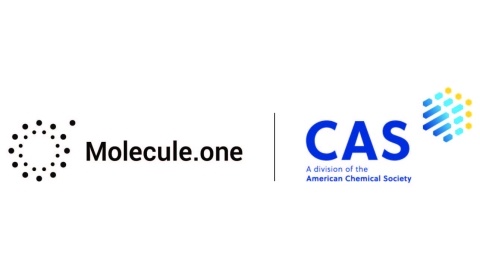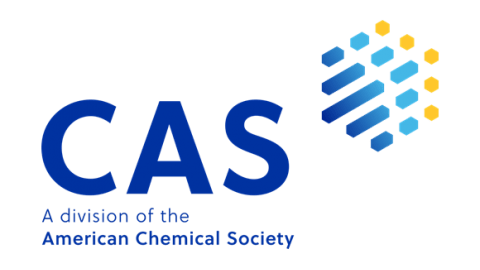Deep Analysis of Global Graphene Publication Trends Reveals a Diverse and Highly Competitive Research Landscape
A collaboration between CAS and the National Science Library, Chinese Academy of Sciences provides novel insights
COLUMBUS, OH—December 5, 2017—CAS, a division of the American Chemical Society, announces the availability of the whitepaper, Global Science & Technology Report: Graphene Research & Development, highlighting key trends in the dynamic graphene research landscape. Published in Chinese and English, this inaugural report results from a joint effort between CAS and National Science Library (NSL), Chinese Academy of Sciences. It is the first in a series of data analytics projects focusing on high-impact emerging technology areas that CAS data scientists are undertaking.
Touted as a miracle material, graphene is an allotrope of carbon with unique properties that have the potential to revolutionize a broad range of applications including electronics, batteries, medicine and even sporting equipment. It is a key component driving advances in high-interest technology areas such as wearable electronics and biosensors. As such, developments in this rapidly growing field are of urgent interest to scientists, business leaders, investors, and policy makers globally, opening new collaborative opportunities. Dr. E.A. Thoroh de Souza, a Professor at MackGraphe, the Graphene and Nanomaterials Research Center at Mackenzie Presbyterian University in Brazil, notes, “In our experience the promise of this superlative material called graphene is driving extensive interactions between the academic and commercial sectors in the fields of photonics, energy and composites. It is catalyzing a level of collaboration between the different industry segments that we have never seen before."
Derived from an extensive analysis of more than 100,000 documents published worldwide since the discovery of graphene early this century, this report highlights interesting aspects of the research landscape and how graphene research is evolving as the field transitions from basic to applied research. The prospects and challenges of graphene are also discussed through interviews with experts.
CAS is uniquely positioned to conduct this type of detailed analysis because of two key assets: 1) a highly structured big data environment that covers chemical sciences and related research information over a 150-year era and 2) chemist-detailed, full-text indexing and curation of that research information for the entire era.
CAS’s structured big data environment includes a private Hadoop platform that provides a world’s-best data analytics framework for scientific trending studies. This advanced platform has billions of chemist-defined scientific relationships, which create knowledge maps of spaces of interest. Although this technology is a key capability, the unique strength of CAS is realized only by using the curation and indexing work that CAS scientists apply to augment the published literature. These aligned technology and chemist curation forces create CAS’s analytics capabilities specialized for the intricacies of chemical information.
Hundreds of CAS scientists review the global scientific literature as it is published, extracting key details on the specific chemical substances, applications, topics in each and curate highly valuable content data relationships. These scientists have amassed a wealth of knowledge that assist in uncovering insights and trends not found by less advanced technologies or by technology alone. This rich and well-structured data supports high-value analytics across broad fields of research.
Dr. Matthew Toussant, Senior Vice President of Product and Content Operations at CAS, noted “The Trends report on Graphene Research & Development is an outstanding example of how data analytics can enhance the understanding of scientific advancement. Deep analysis of published research from a scientist’s perspective provides a window into emerging trends and reveals insights that are impossible to obtain without this type of data analytics approach. We look forward examining other high-impact research areas through this on-going project and welcome further collaboration in this area.”


